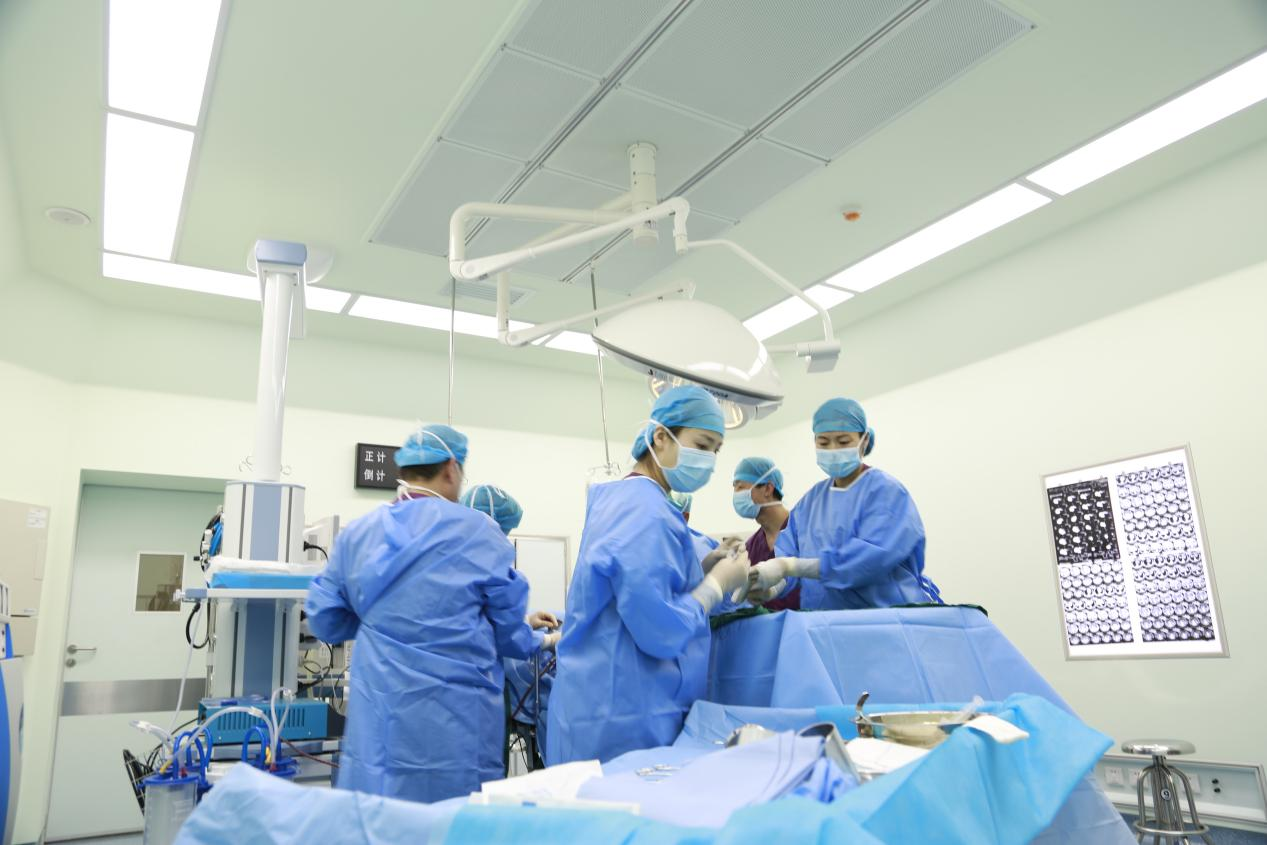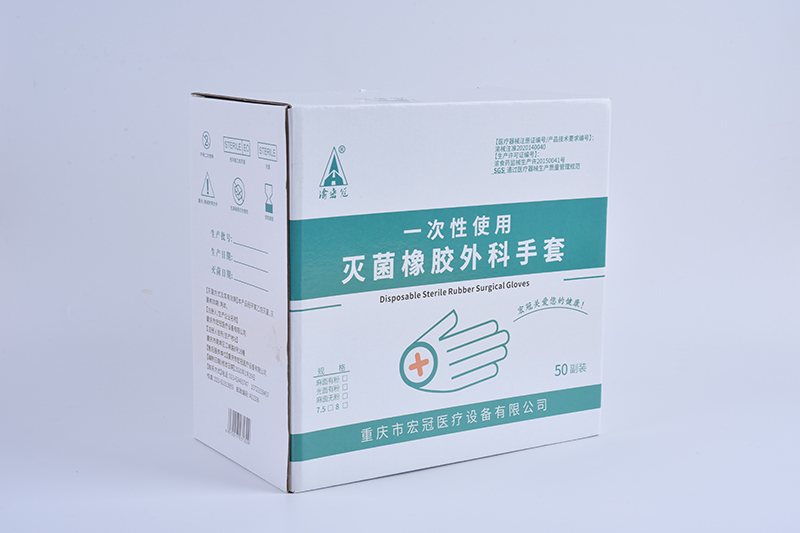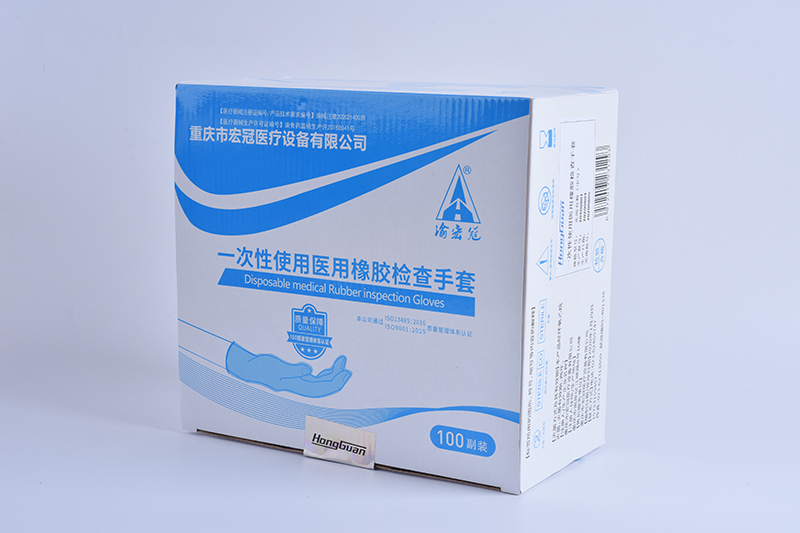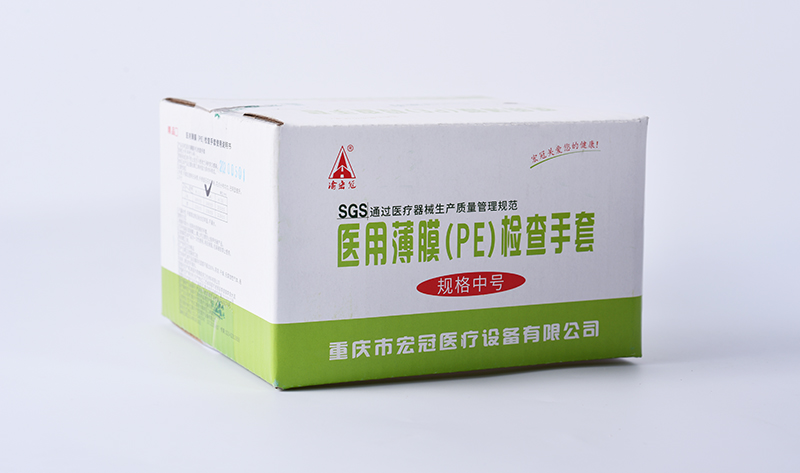Medical gloves are one of the important personal protective equipment for medical personnel and biological laboratory personnel, used to prevent pathogens from spreading diseases and polluting the environment through the hands of medical personnel. The use of gloves is indispensable in clinical surgical treatment, nursing processes, and biosafety laboratories. Different gloves should be worn in different situations. Generally, gloves are required for sterile operations, and then the appropriate glove type and specification should be selected according to the needs of different operations
Disposable sterilized rubber surgical gloves
Mainly used for operations that require high levels of sterility, such as surgical procedures, vaginal delivery, interventional radiology, central venous catheterization, indwelling catheterization, total parenteral nutrition, chemotherapy drug preparation, and biological experiments.
Disposable medical rubber examination gloves
Used for direct or indirect contact with patients’ blood, body fluids, secretions, excreta, and items with obvious receptor fluid contamination. For example: intravenous injection, catheter extubation, gynecological examination, instrument disposal, medical waste disposal, etc.
Disposable medical film (PE) examination gloves
Used for routine clinical hygiene protection. Such as daily care, receiving test samples, conducting experimental operations, etc.
In short, gloves must be replaced in a timely manner when using them! Some hospitals have a low frequency of glove replacement, where one pair of gloves can last for the whole morning, and there are situations where gloves are worn at work and taken off after work. Some medical staff also wear the same pair of gloves to come into contact with specimens, documents, pens, keyboards, desktops, as well as elevator buttons and other public facilities. Blood collection nurses wear the same pair of gloves to collect blood from multiple patients. In addition, when handling infectious substances in a biosafety cabinet, two pairs of gloves should be worn in the laboratory. During the operation, if the outer gloves are contaminated, they should be immediately sprayed with disinfectant and removed before being discarded in the high-pressure sterilization bag in the biosafety cabinet. New gloves should be immediately worn to continue the experiment. After wearing gloves, the hands and wrists should be completely covered, and if necessary, the sleeves of the lab coat can be covered. Only by realizing the pros and cons of wearing gloves, promptly replacing contaminated gloves, avoiding contact with public goods, and developing good hand hygiene habits, can we improve the overall biological safety level and self-protection ability of the medical environment, and ensure the safety of medical staff and patients.
Post time: Sep-12-2024





